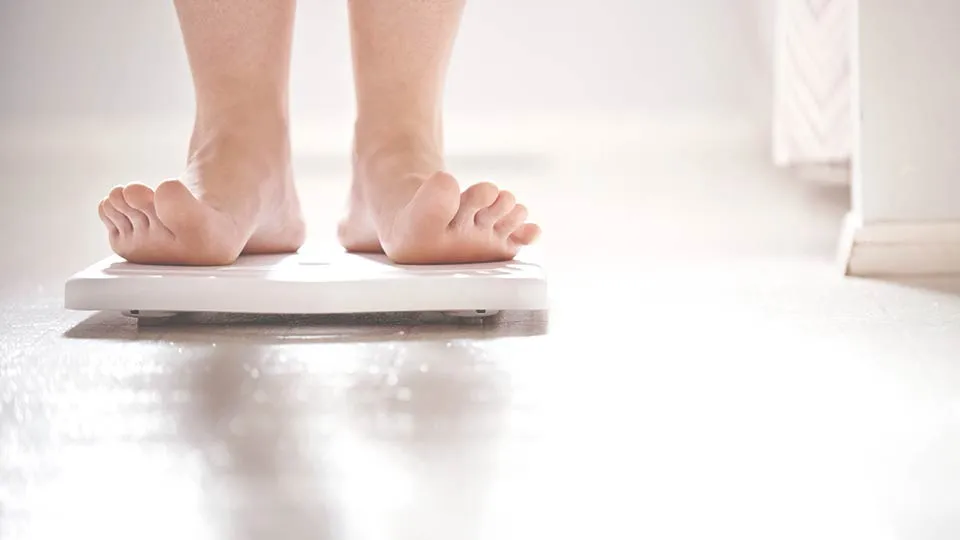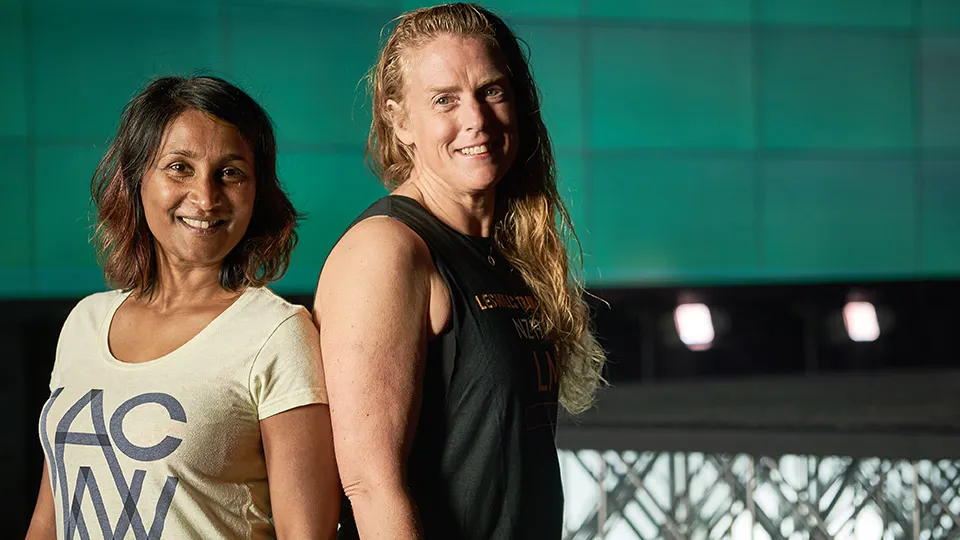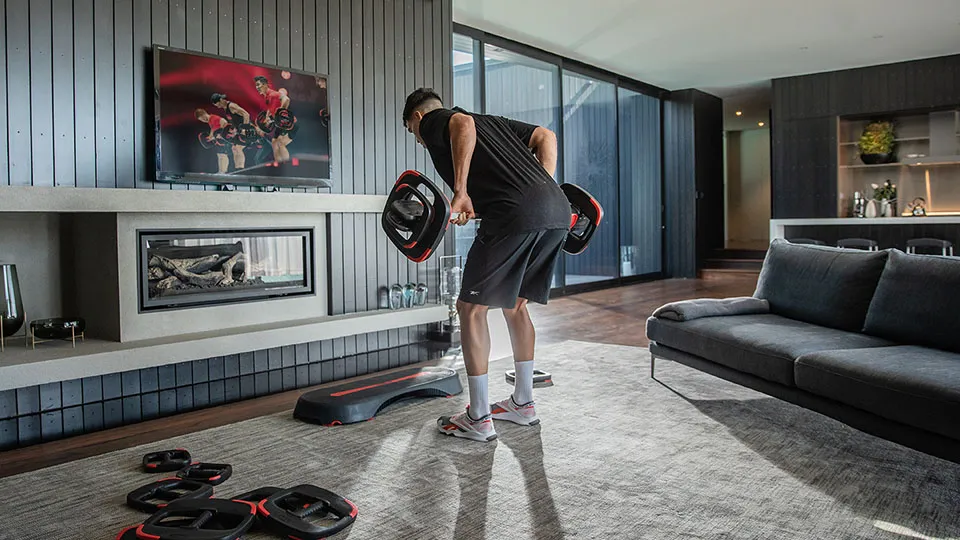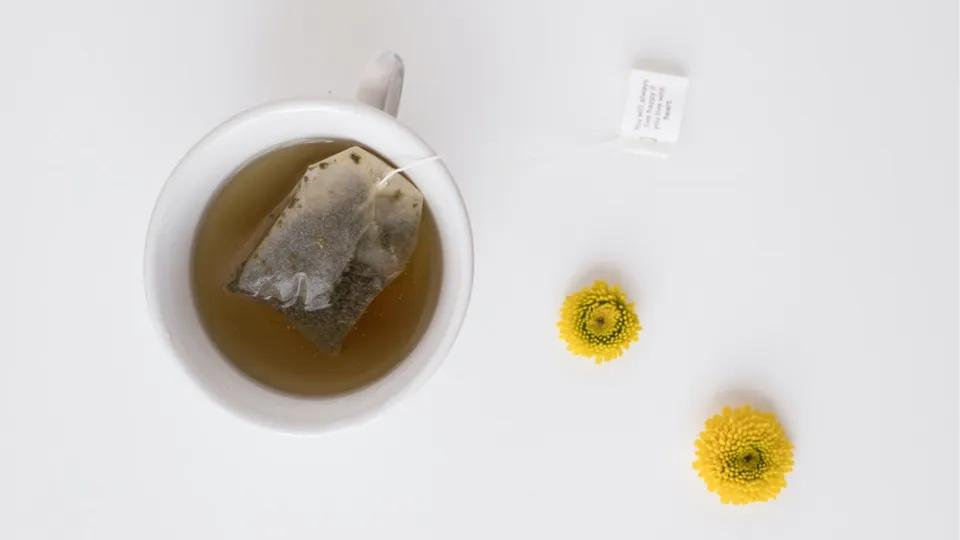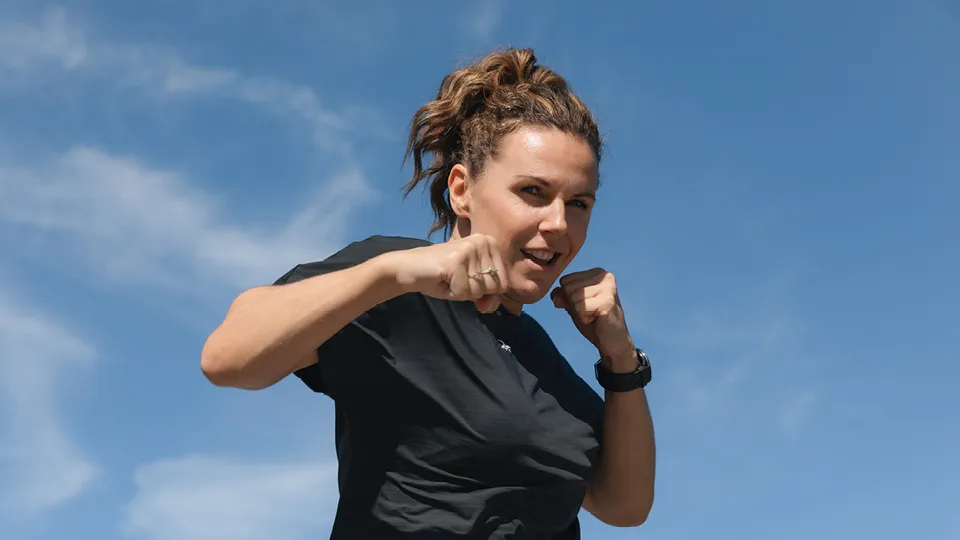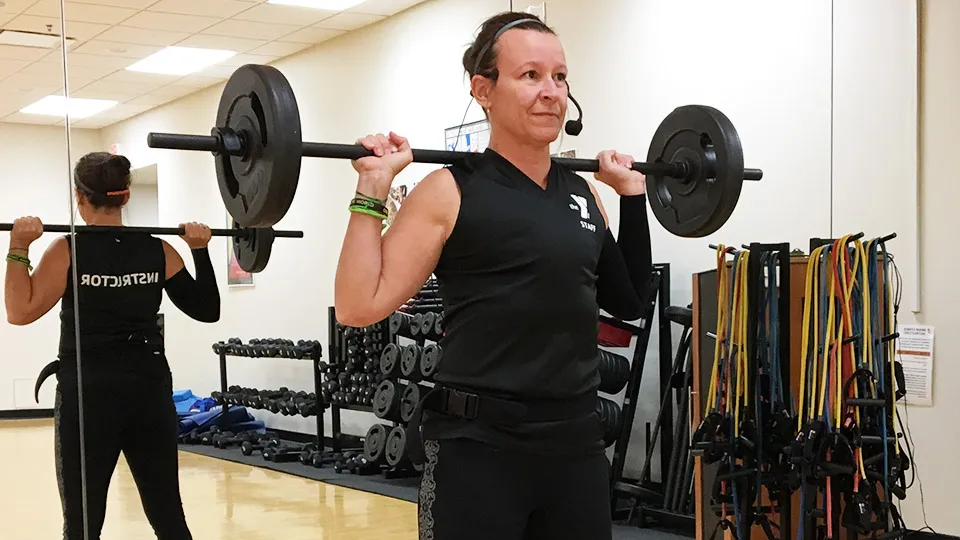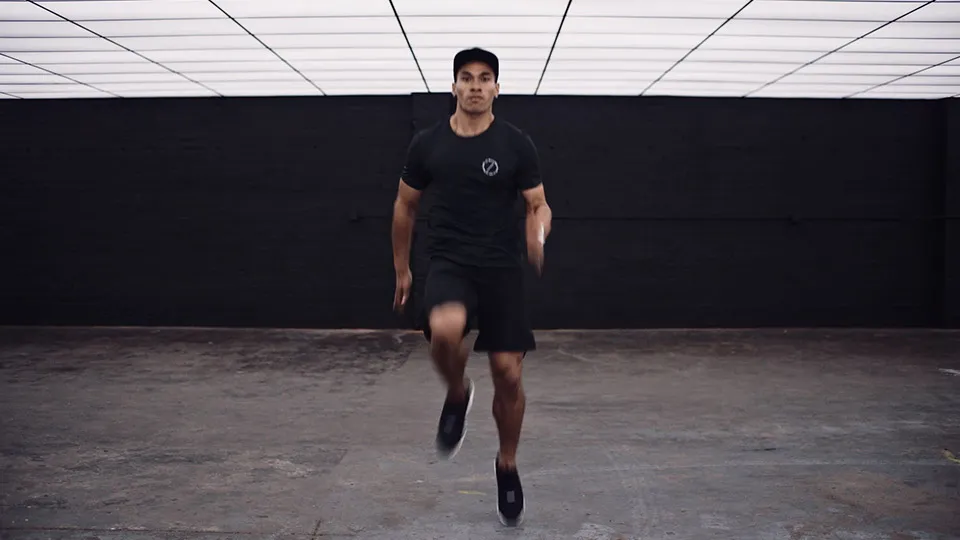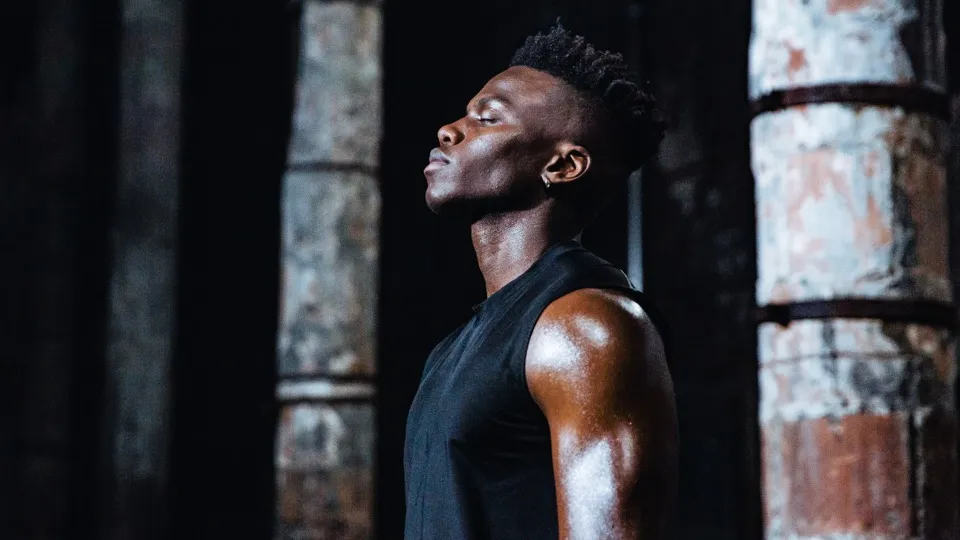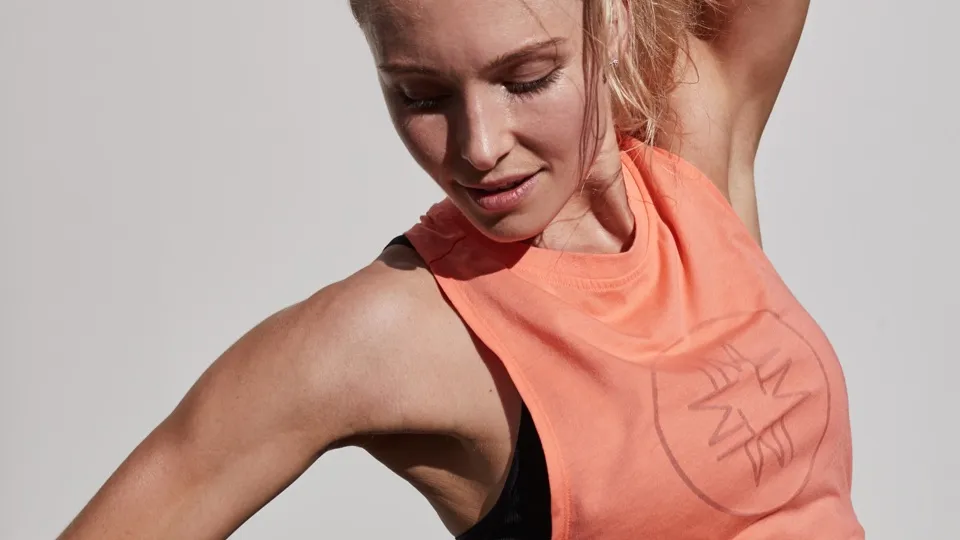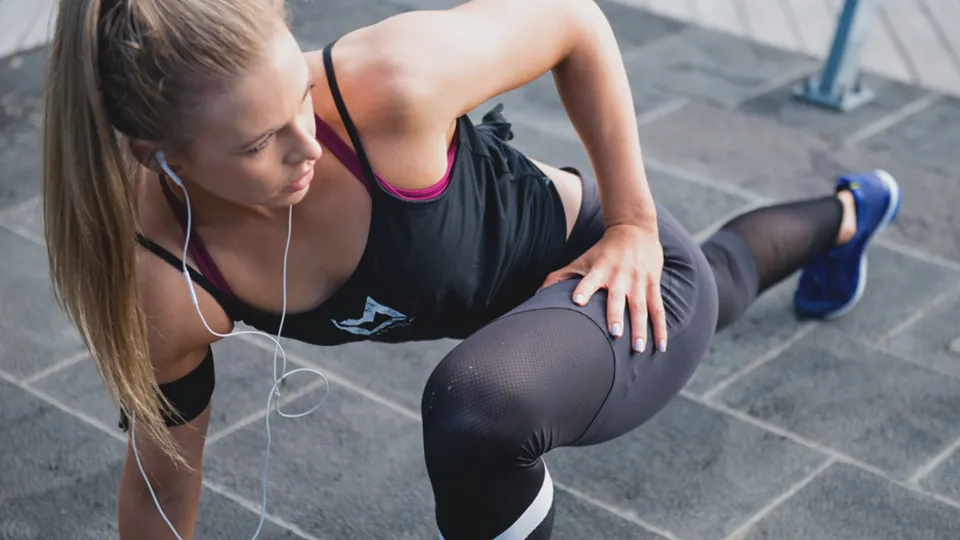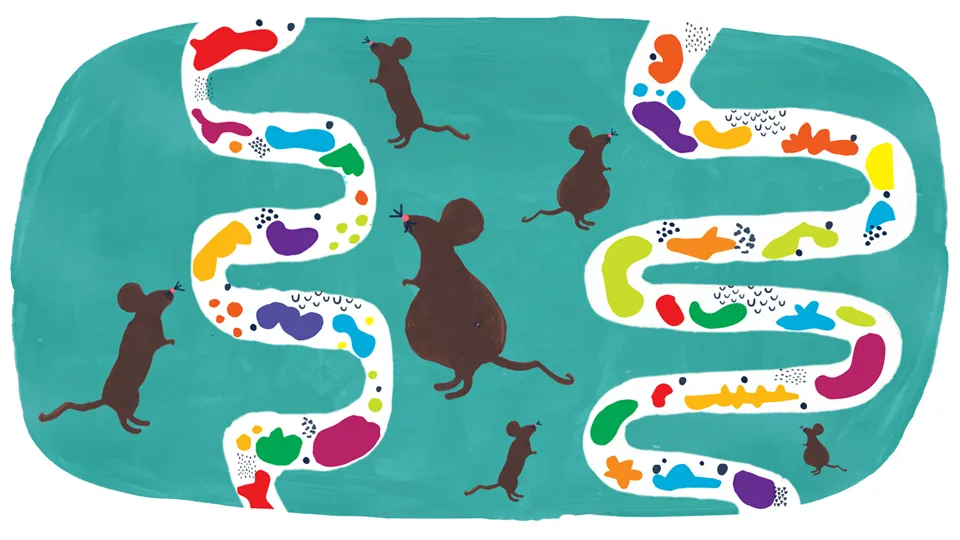MAKING MIDDLE AGE WORK

We round up the latest research revealing how boosting your physical activity in middle age will pay dividends for decades. Discover how the moves you make in your 40s and 50s can shift the needle on your health – and the best workouts to make it happen.
If you didn't embed life-long fitness habits in your teens, don’t worry – you haven’t missed the boat.
Lifting your physical activity levels in your 40s and 50s can be just as good for your longevity as staying fit from your teens. This is what a team of researchers found when they reviewed survey data from more than 300,000 50 to 70-year-olds. The study, which was based on self-reported exercise levels and considered factors such as age, sex, smoking and diet, focused on the association between physical activity levels at different stages of life and premature death. It revealed that middle-aged men and women who increased their exercise efforts to seven hours a week reduced their risk of death by about 35 percent.
“Middle-aged men and women who increased their exercise efforts to seven hours a week reduced their risk of death by about 35 percent.”
Another study of 51 to 70-year-olds provides further evidence that exercise in middle age can put you on the fast track to a longer life. The researchers considered the long-term exercise habits of 315,059 individuals and found those who had worked out consistently since youth were 42 percent less likely to die of heart disease and 14 percent less likely to die of cancer than inactive individuals. Interestingly, those who were previously inactive adults but picked up exercise in their forties saw even better benefit – they were 43 percent less likely to die of heart disease and 16 percent less likely to die of cancer.
So what type of exercise is best?
There’s no doubt that cardio fitness goes hand-in-hand with a longer life. And thanks to a 2018 study, we know it’s never too late to get in on the action. The benefits can be enjoyed across all age groups and the fitter you are, the better. There’s no tipping point where increased cardiac fitness starts to negatively impact longevity.
But if you rely on nothing but cardio, you’re missing out. Another set of research shows people who did 60 minutes of aerobic exercise each week had a 15 percent lower mortality risk, while those who did three hours a week had a 27 percent reduction in premature mortality risk. However, when people added strength training into the mix, the life-lengthening benefits went up exponentially. Mixing aerobic exercise with just one or two strength workouts a week resulted in a 40 percent drop in mortality risk. The value of strength training is backed up by another study focused on the muscle strength of 4,681 American adults with an average age of 43. Researchers found those with moderate muscle strength were 32 percent less likely to develop diabetes. Interestingly, higher levels of muscle strength didn’t lead to lower risk.
“Mixing aerobic exercise with just one or two strength workouts a week resulted in a 40 percent drop in mortality risk.”
Read more about how strength training leads to a longer and stronger life.
Designed specifically with middle-aged movers in mind, LES MILLS THRIVE™ is a workout that combines flexibility, strength and coordination work to help you feel fit for life. Find a class near you, or try it at home with LES MILLS+.
More interesting ways exercise helps as we age:
- It’s like natural botox: Exercise triggers the release of interleukin 15(IL-15), which prevents the loss of the thin layer of growing cells that provides the firmness and lustre of young, healthy skin.
- It helps us see clearly:Regular exercise reduces the risk of vision loss from macular degeneration, glaucoma and diabetes – all major causes of visual impairment in the elderly.
- It can help our hearing:Staying active maintains the health of the cochlear (the inner ear in old mice) so researchers speculate it will offer similar perks for humans too.
- It helps hair health:For women, exercise protects against the gradual loss of hair follicles and hair thinning. (However, for men, exercise may accelerate hair loss – the gleaming crowns of fit guys can be attributed to surging testosterone
Most importantly, it makes us happy. Any exercise has a powerful positive impact on our mental health, quality of life and well-being. As little as 10 minutes of any physical exercise per week can result in increased levels of happiness.
Sign up to Fit Planet and get fresh health and fitness news and advice straight to your inbox. Subscribe
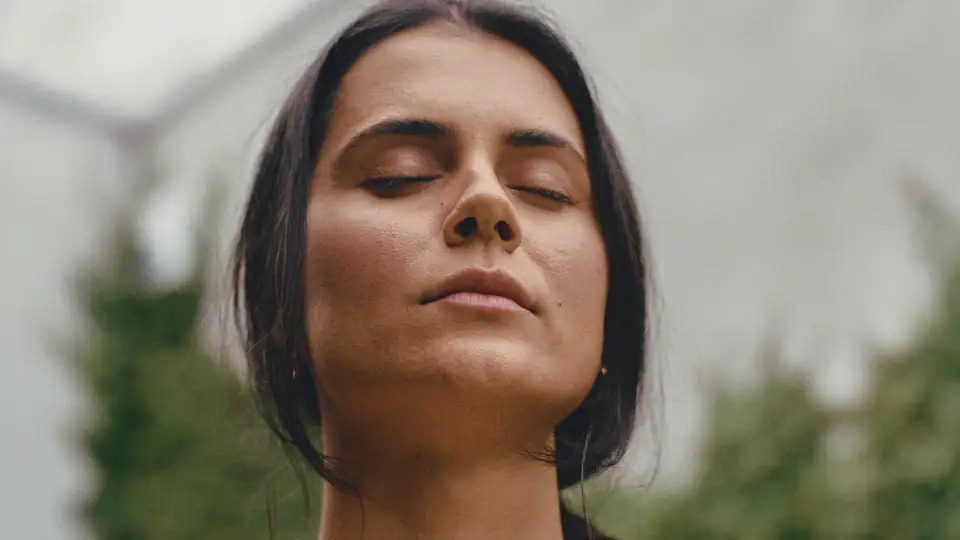

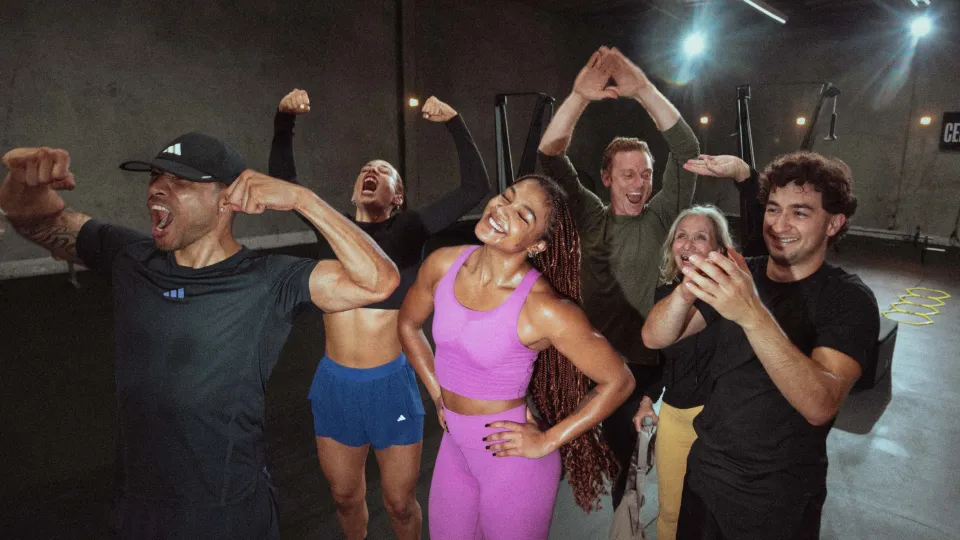

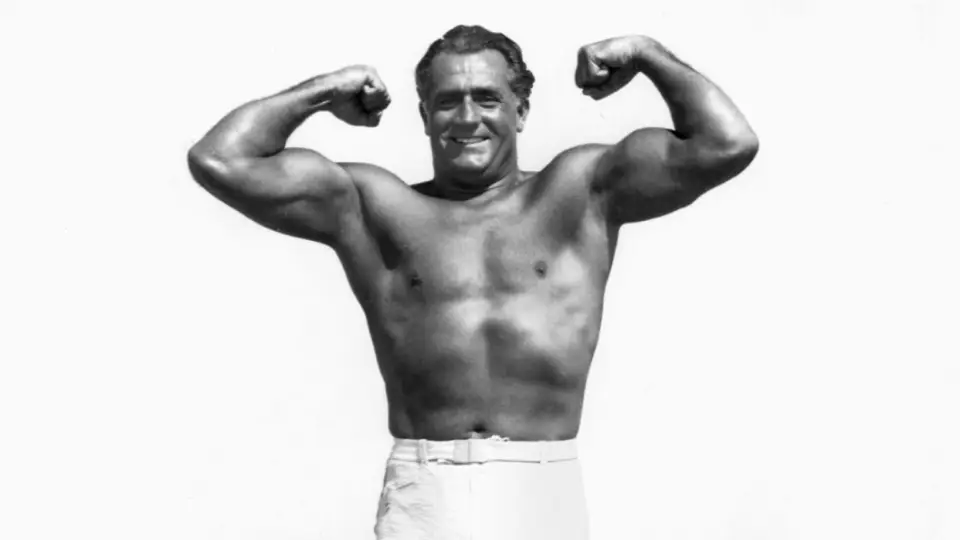
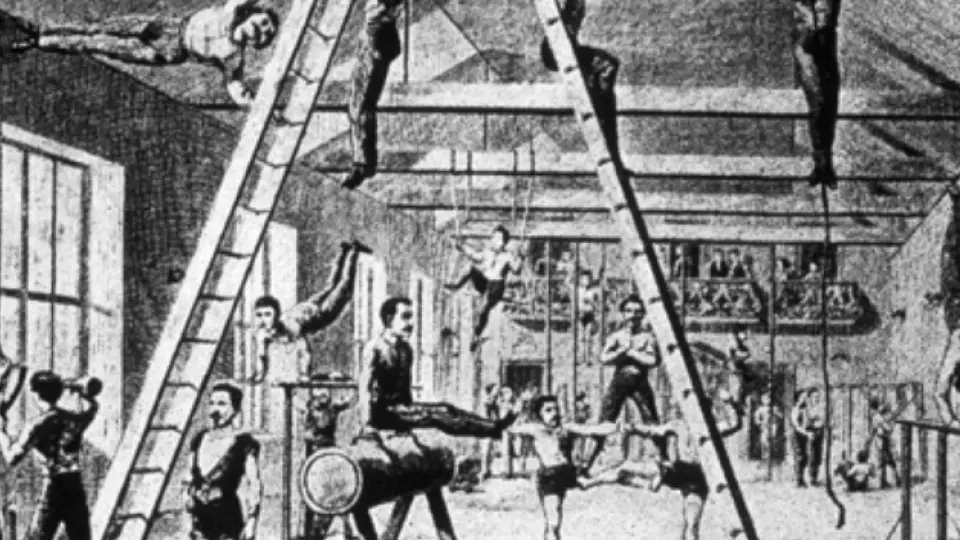







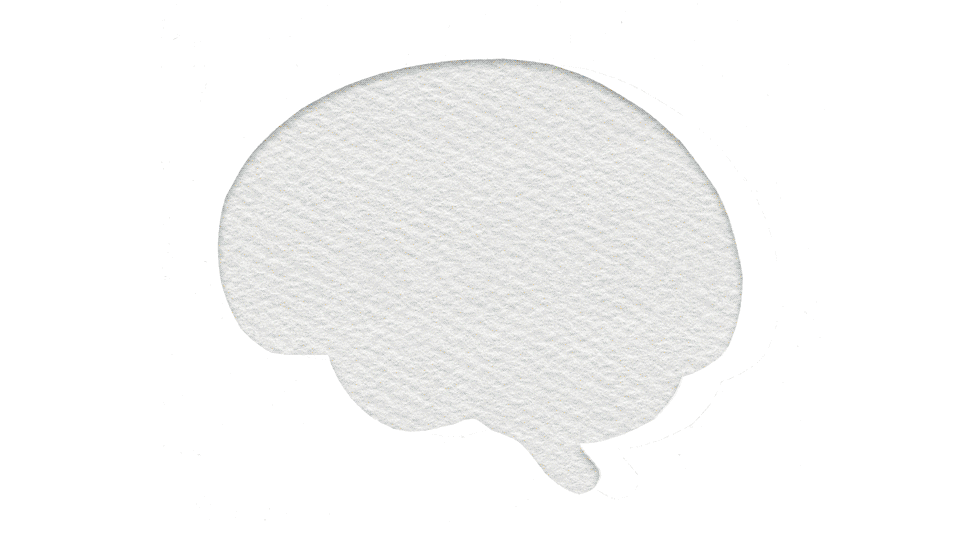

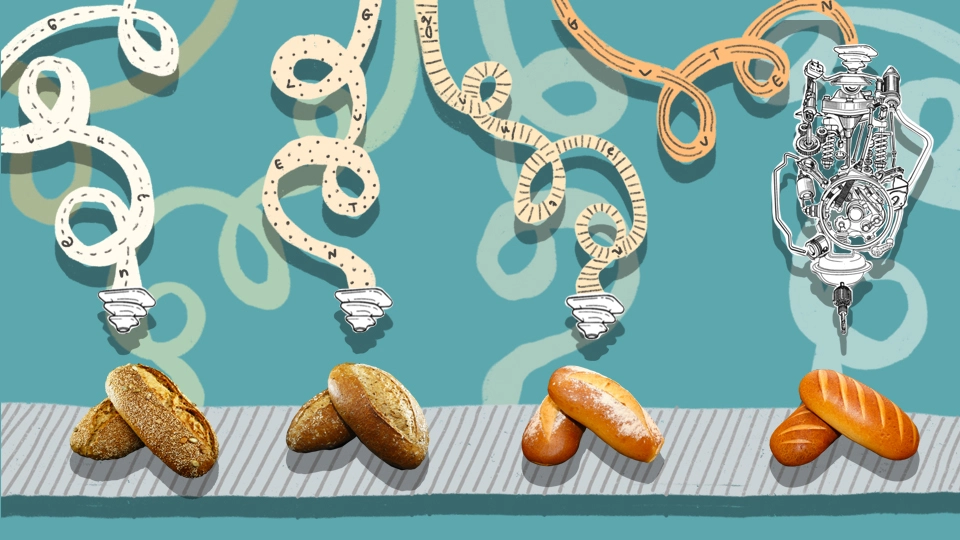

.gif)
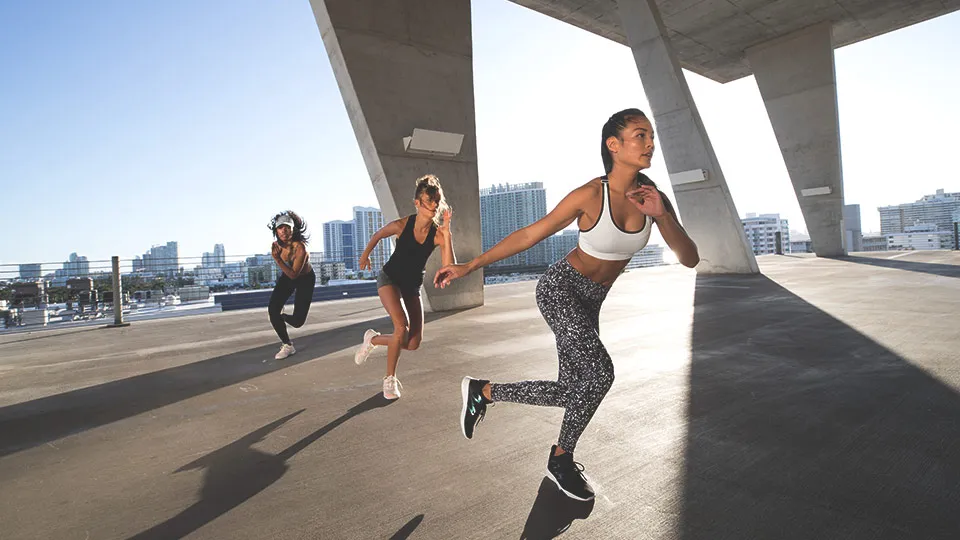
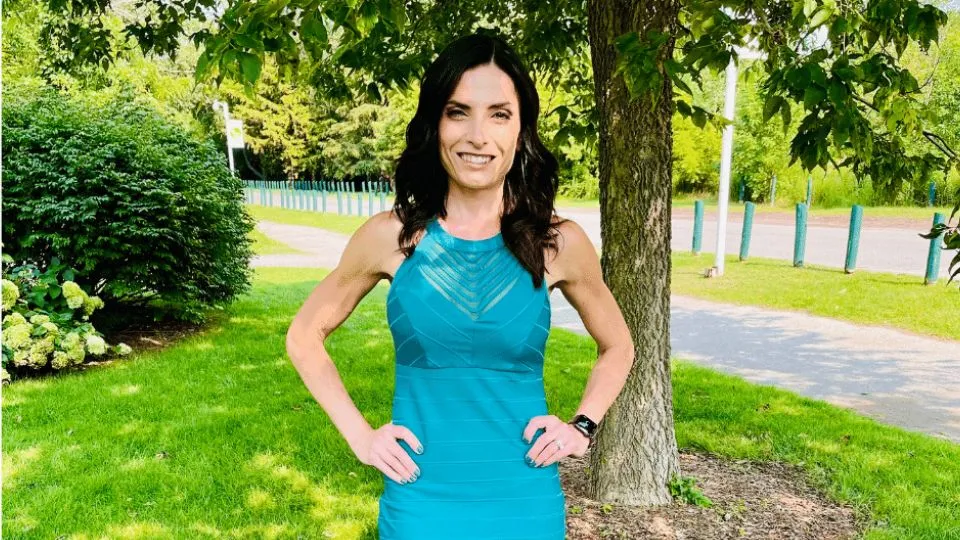

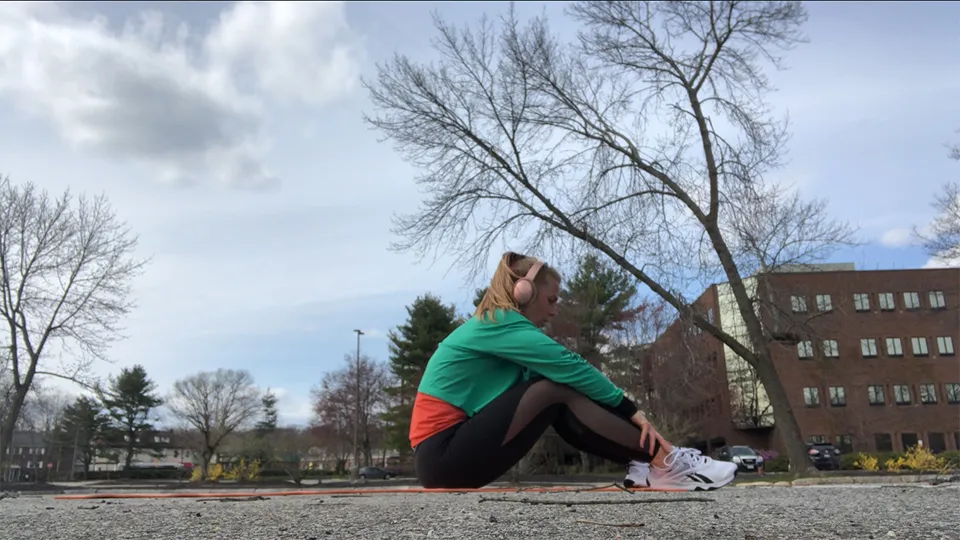



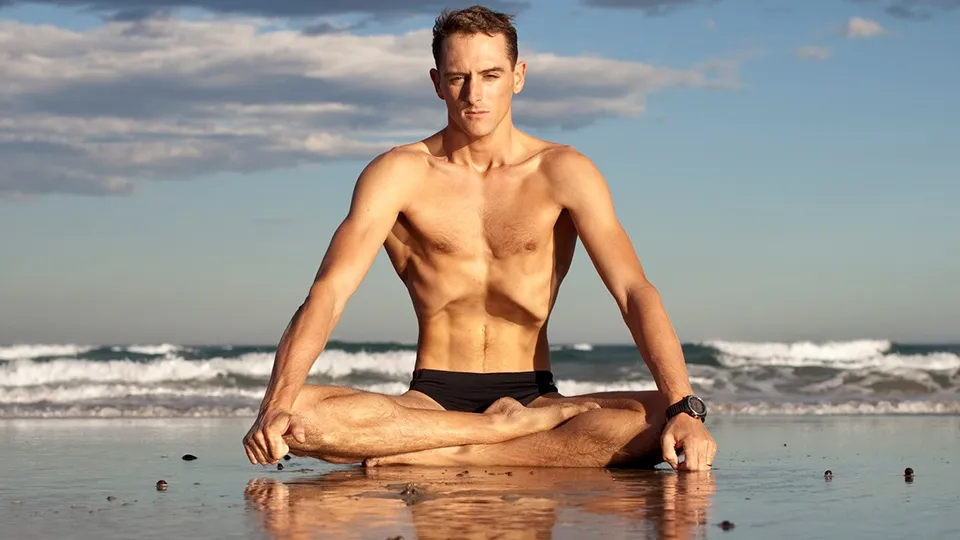
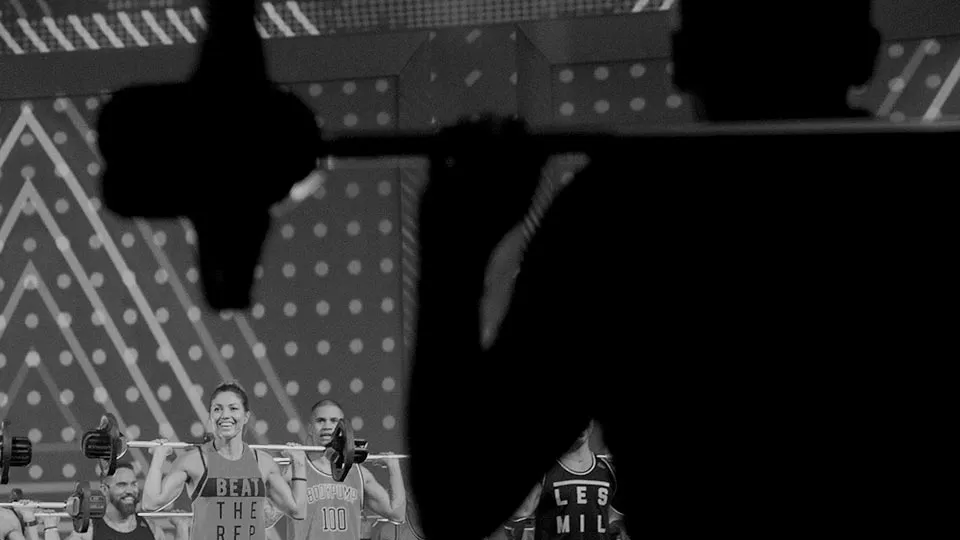
.webp)

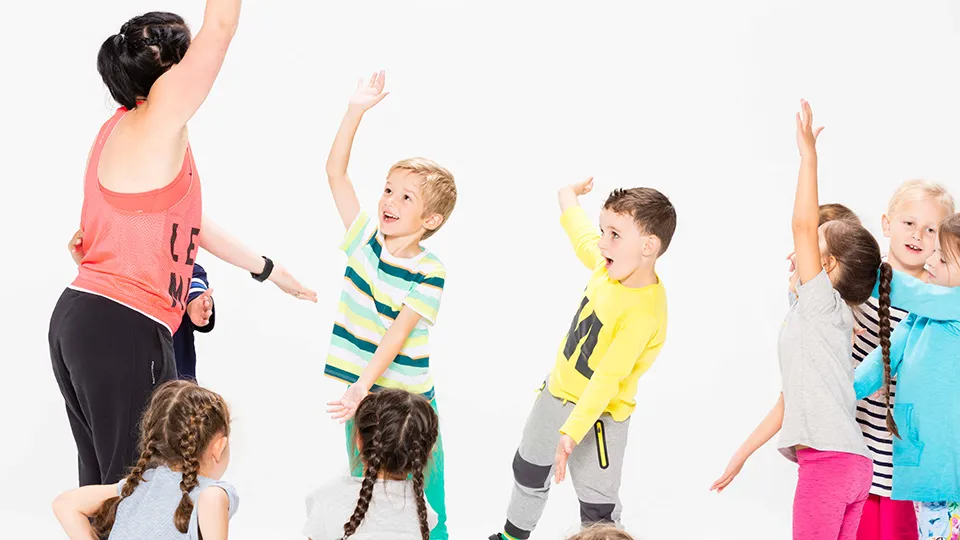






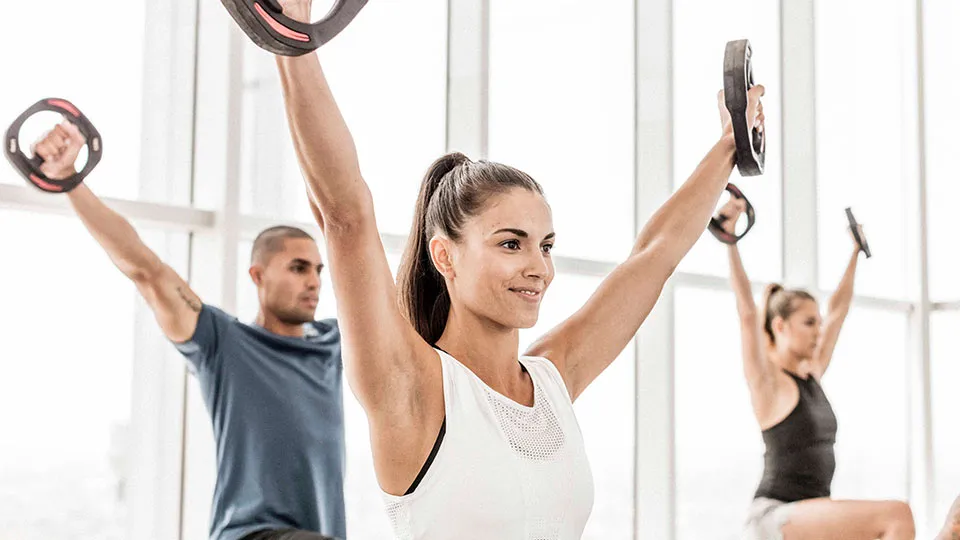





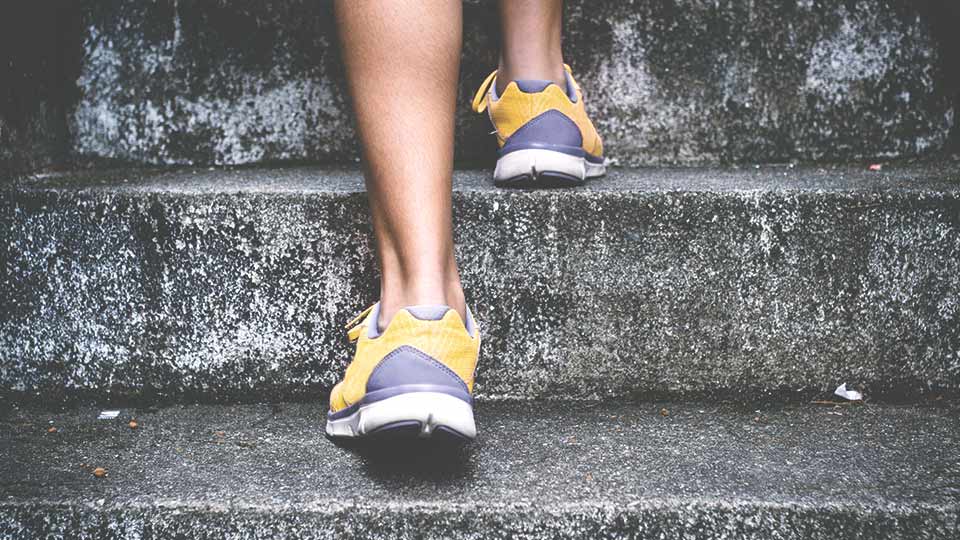

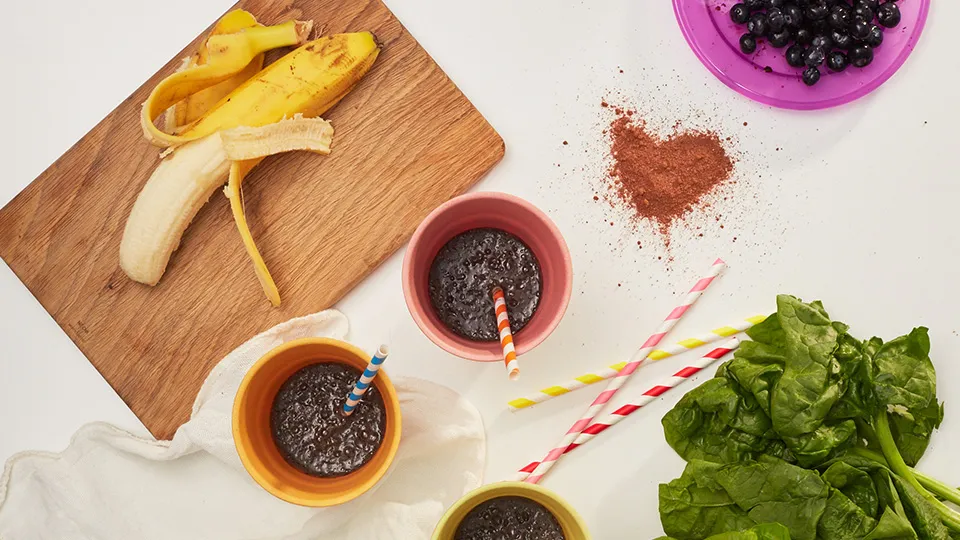

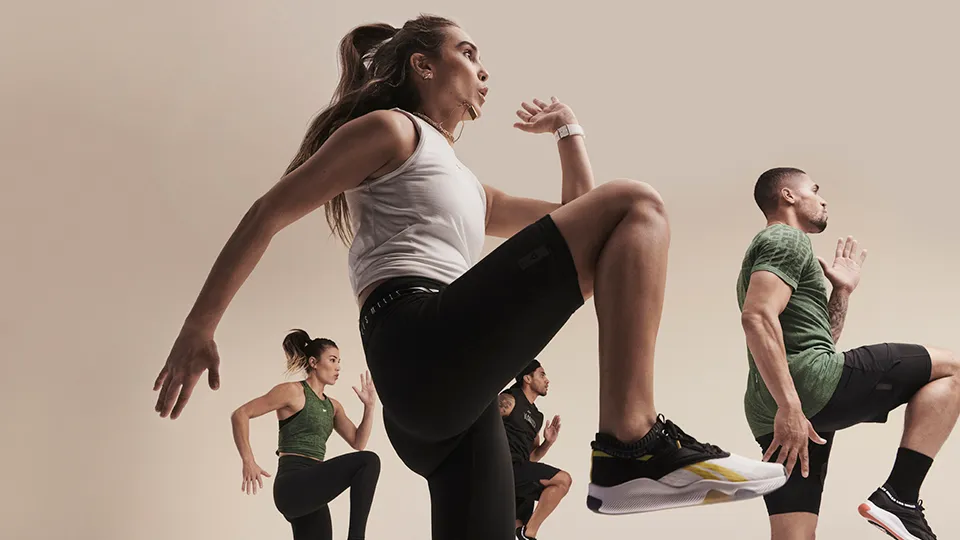

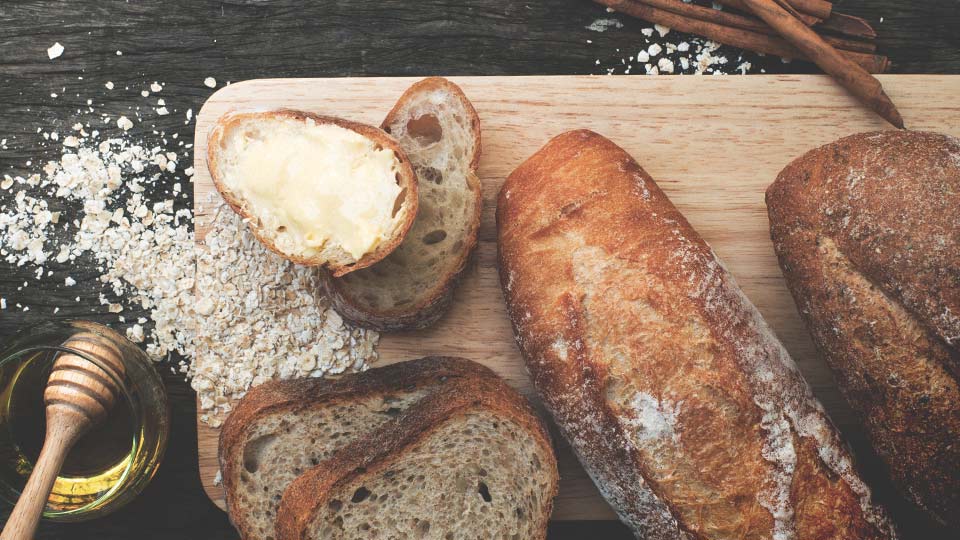
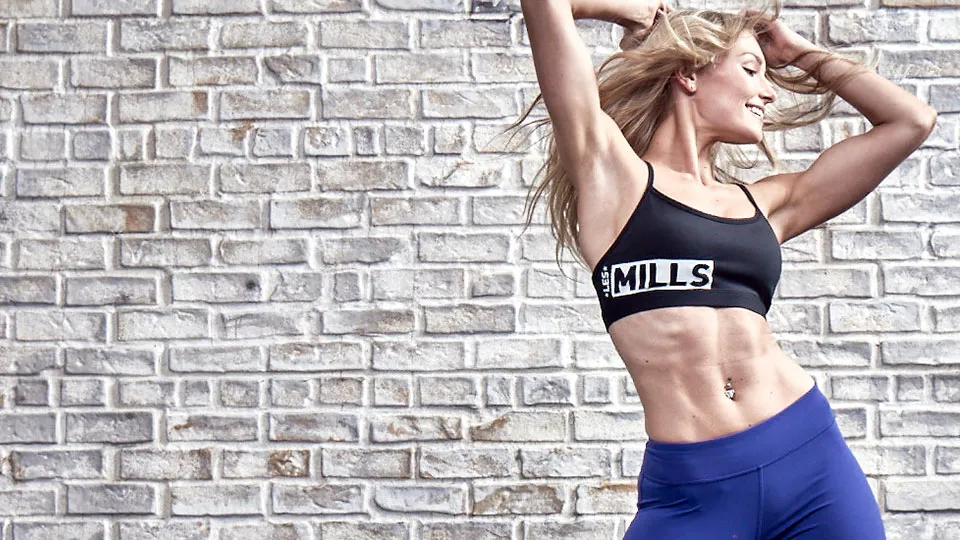
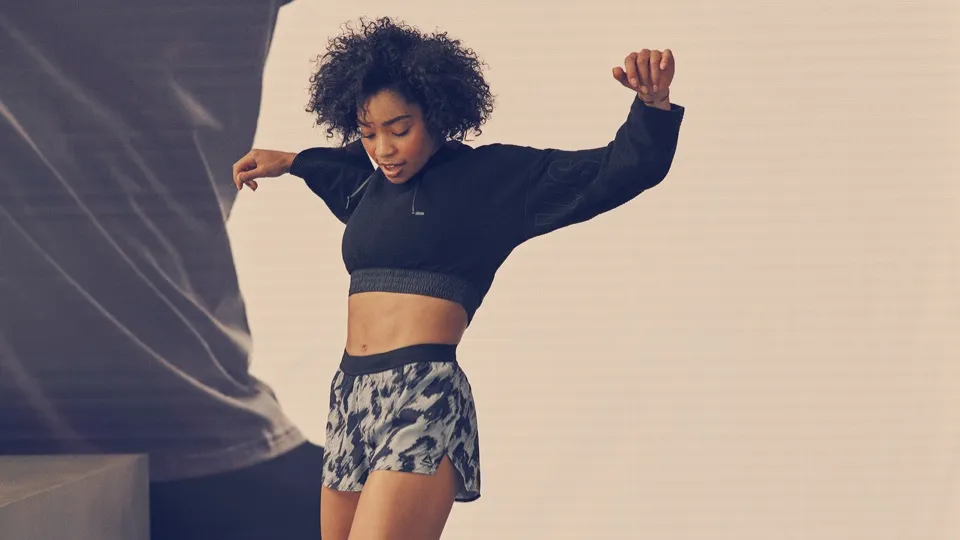






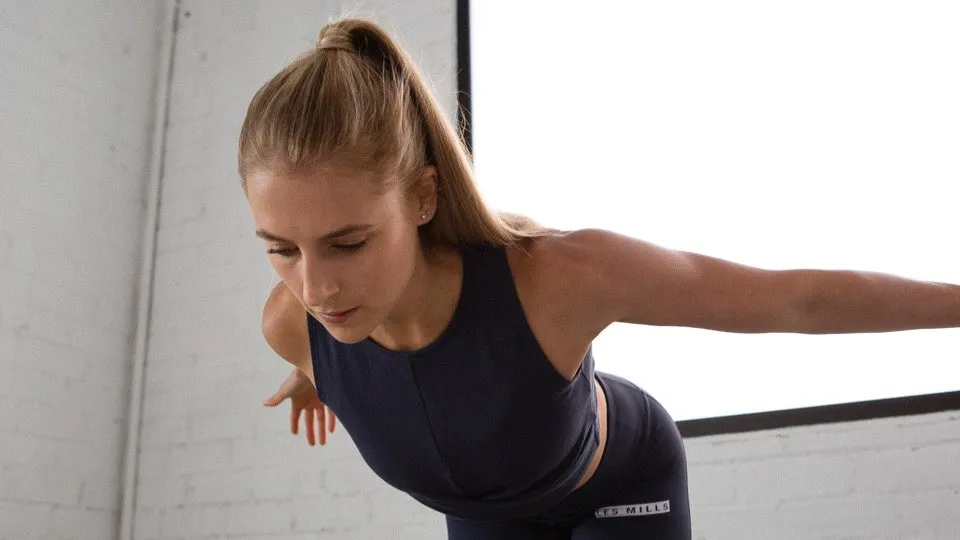




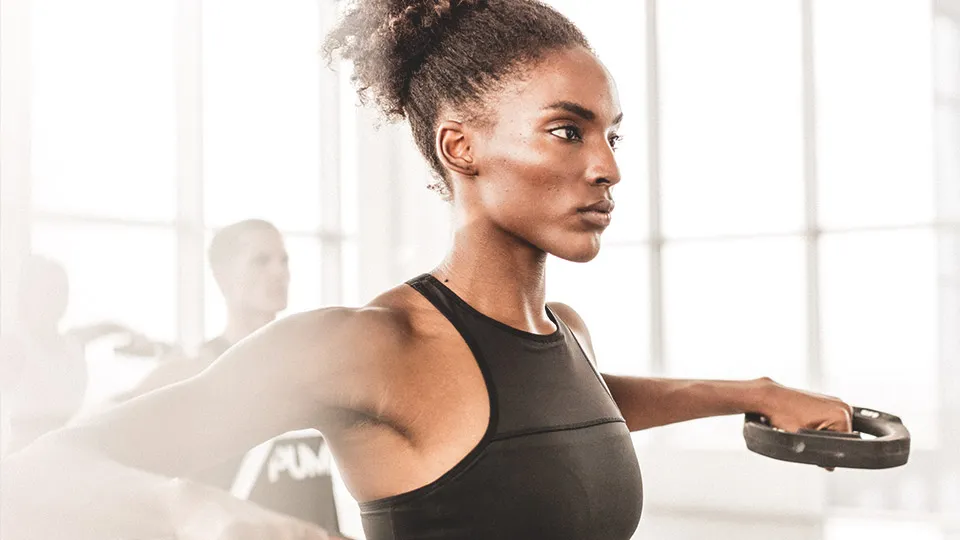





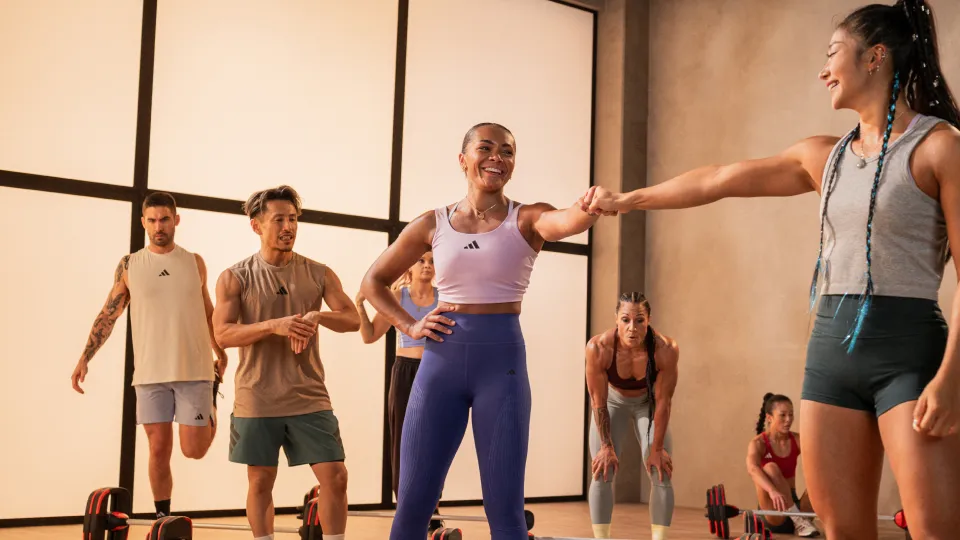
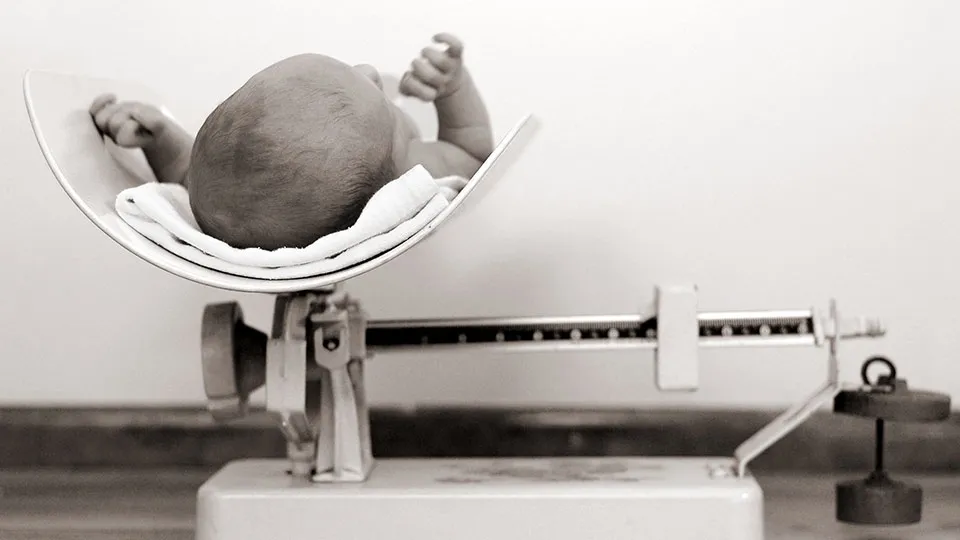
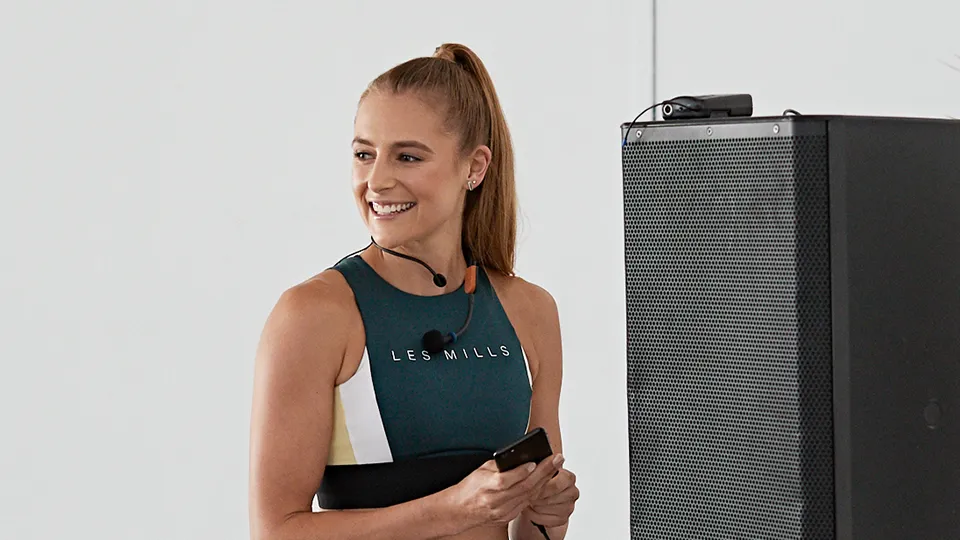


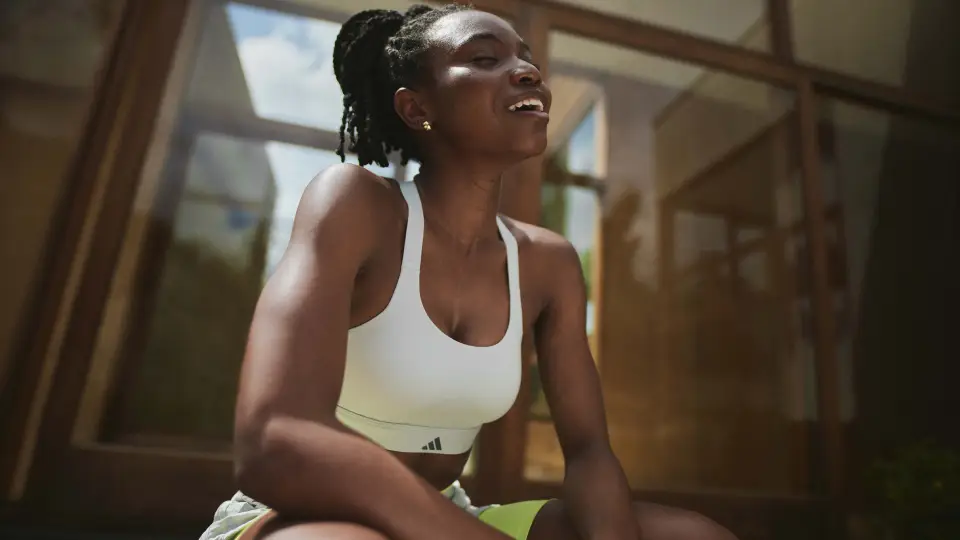
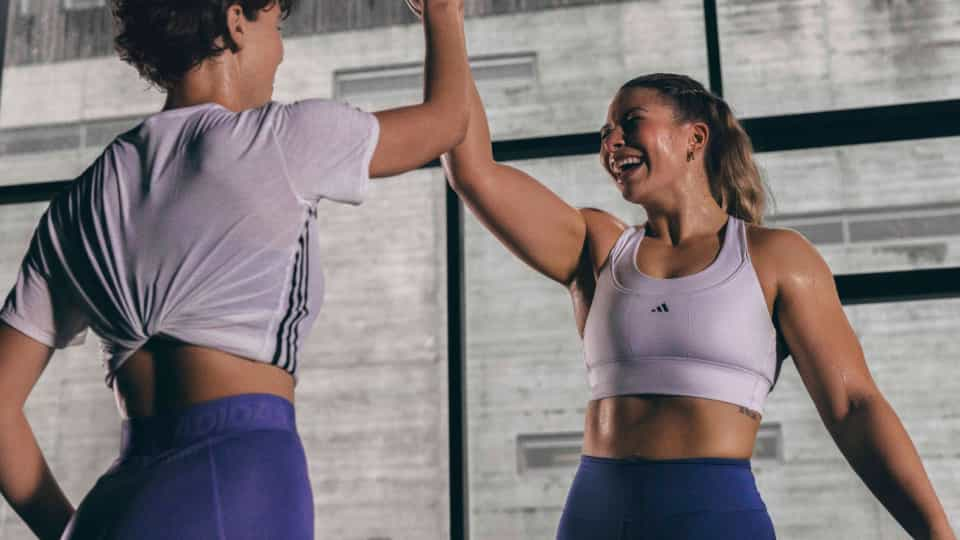
.webp)





